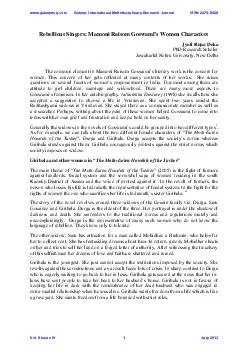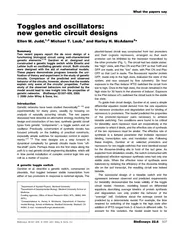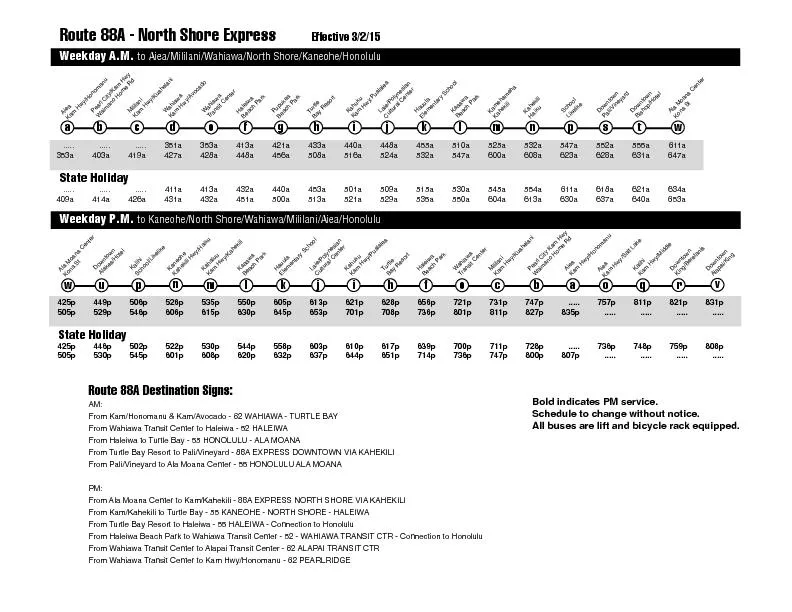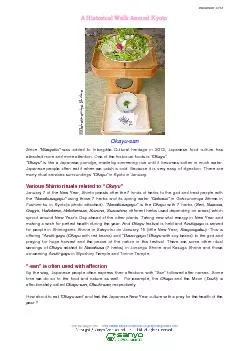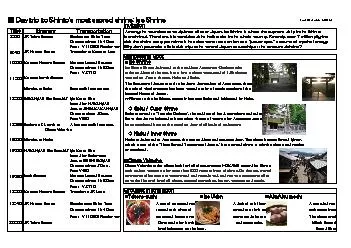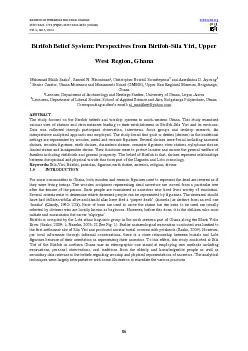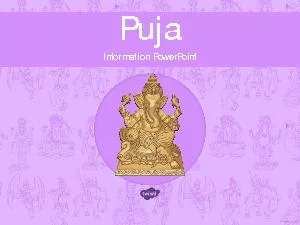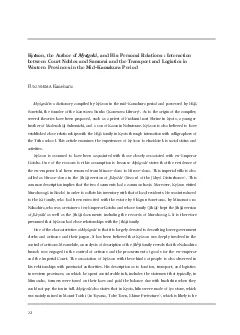PDF-Vidhibala and other women inThe Man from ChhinnamastaThe shrine of Kam
Author : stefany-barnette | Published Date : 2015-11-21
wwwgalaxyimrjcom Galaxy International Multidisciplinary Research Journal ISSN 22789529 Vol II Issue IV 3 July 2013 viiAsam Sahitya Sabha Patrika 67year 1issueppviiiMamoni
Presentation Embed Code
Download Presentation
Download Presentation The PPT/PDF document "Vidhibala and other women inThe Man from..." is the property of its rightful owner. Permission is granted to download and print the materials on this website for personal, non-commercial use only, and to display it on your personal computer provided you do not modify the materials and that you retain all copyright notices contained in the materials. By downloading content from our website, you accept the terms of this agreement.
Vidhibala and other women inThe Man from ChhinnamastaThe shrine of Kam: Transcript
Download Rules Of Document
"Vidhibala and other women inThe Man from ChhinnamastaThe shrine of Kam"The content belongs to its owner. You may download and print it for personal use, without modification, and keep all copyright notices. By downloading, you agree to these terms.
Related Documents

